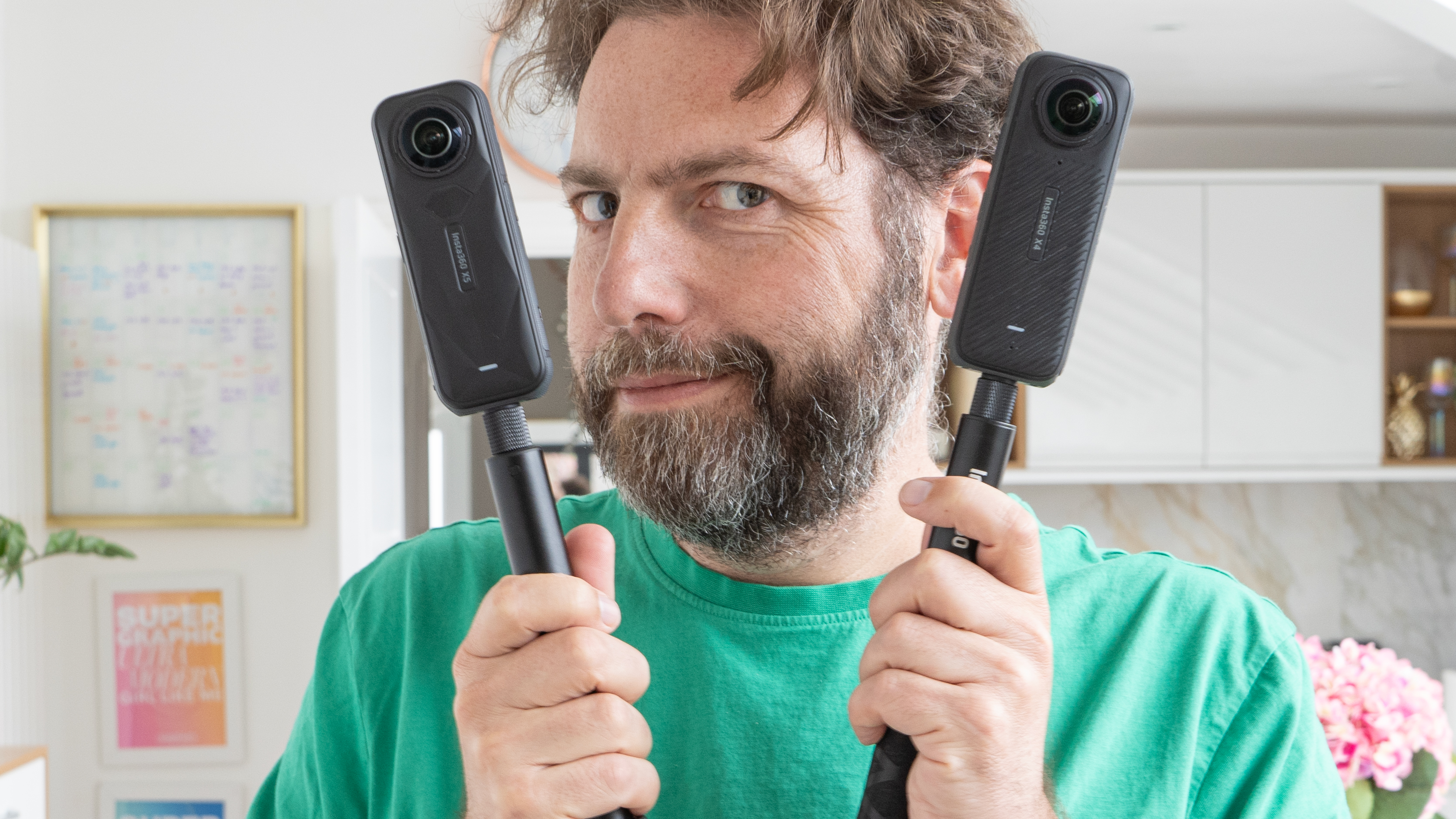Formula 1 TV coverage to get new helmet cam and drone footage for 2022 season
Fresh camera angles and new camera tech will get F1 fans even closer to the heart of the action this year
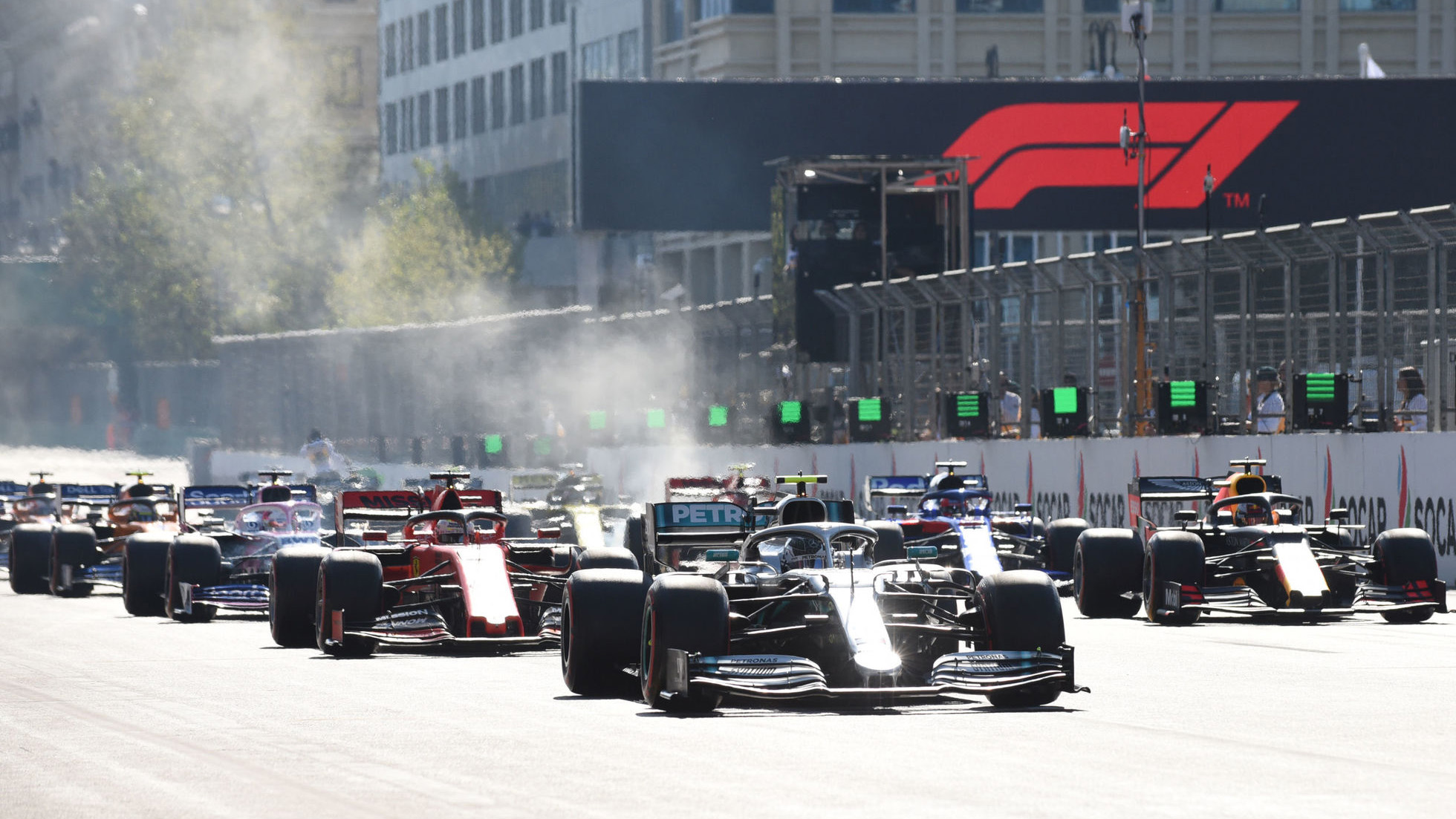
As Formula 1 gears up for the 2022 season, its television coverage is set to receive a technological makeover to reflect the significant changes being made to this year's F1 cars and race rules. The first improvement to enhance this year's small-screen spectating experence is the helmet camera.
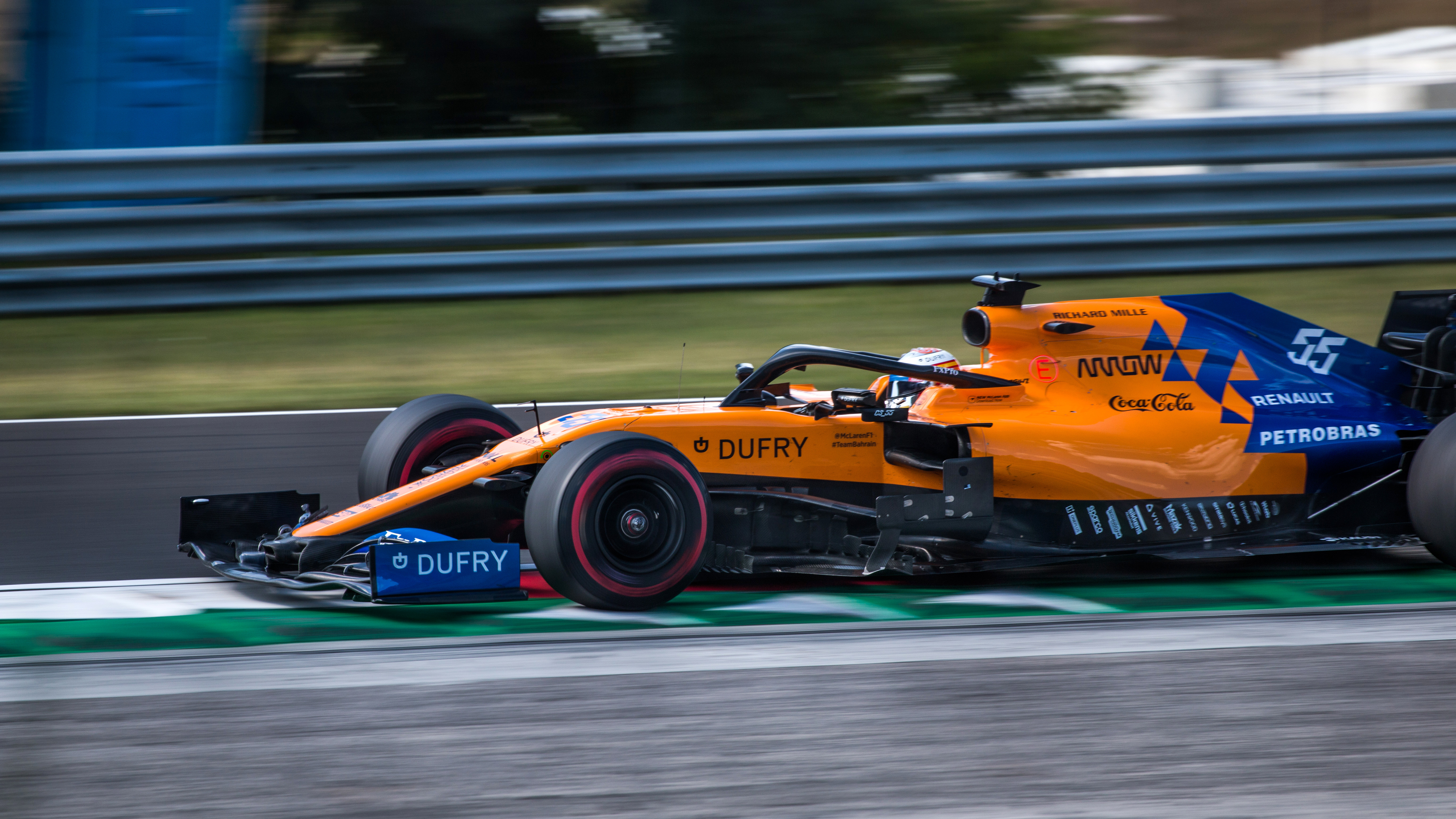
Helmet cam was trialled in practice sessions during 2021, but will now be rolled out for the first time in qualifying sessions and races for the 2022 season. Up to four drivers are likely to be equipped with helmet cam, in part due to the technology currently only being compatible with specific Bell helmets, though there are plans to expand the compatibility. The result will be a new driver's-eye perspective which will put the viewer in the heart of the racing action to an extent never seen before. There have been car-mounted cameras in F1 for decades, positioned on the top or side of the air box directly behind the driver's head, though these could never quite capture the same dynamic viewpoint to reflect what the driver actually sees. The miniaturisation potential of helmet cam could well see cameras placed all over an F1 car to bring the TV viewer ever-closer to the action.
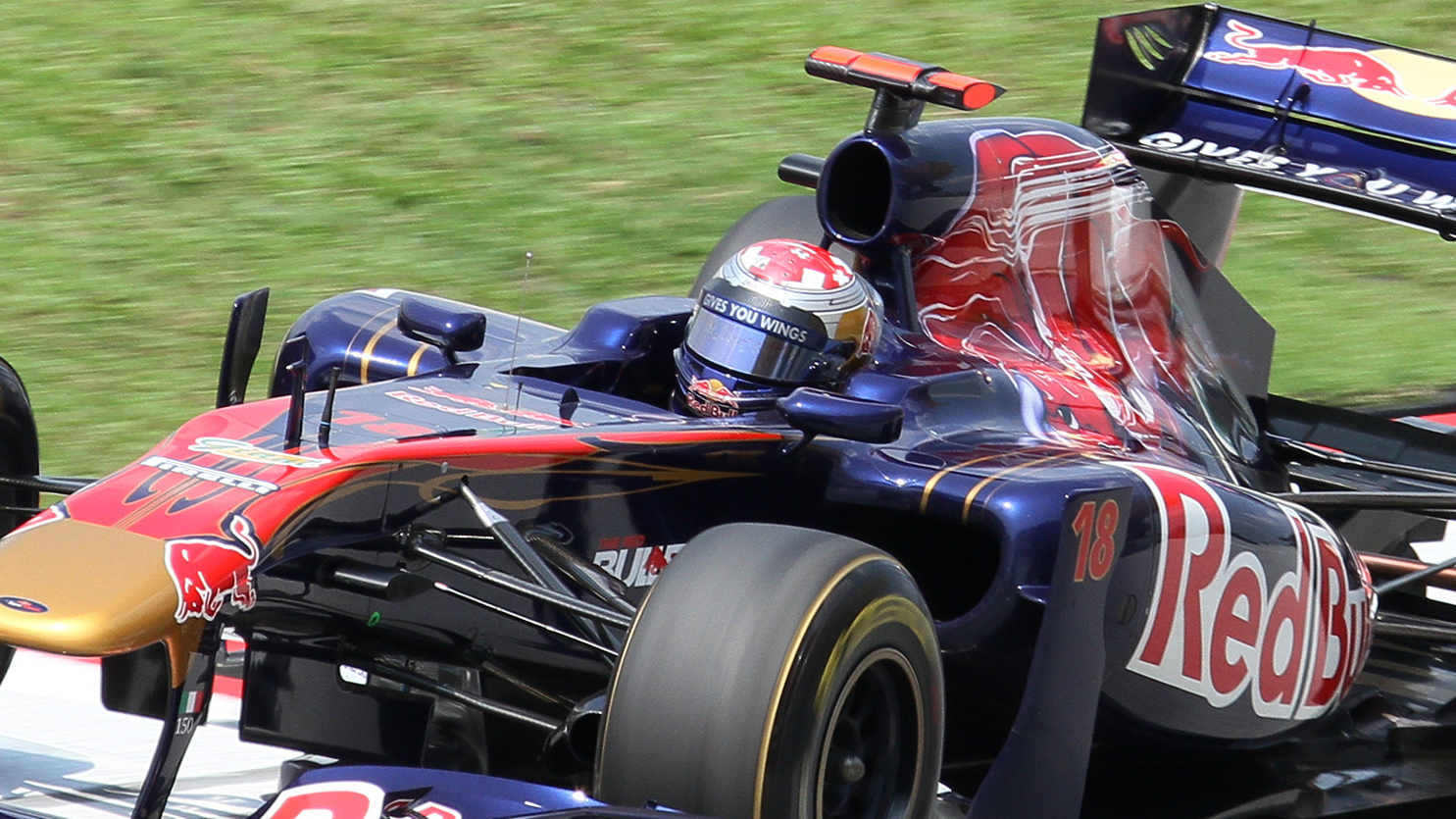
In addition to helmet cam, you can also expect several other exciting new camera angles in 2022. A fresh on-board viewpoint, with the camera mounted low down on the car's front wing will give a much greater sense of speed. Two new roaming cameras will help record footage from unexpected locations during a race, such as if a driver were to have an off, plus there will be more cameras located on the pit wall, with the aim of covering every team in the pit lane.
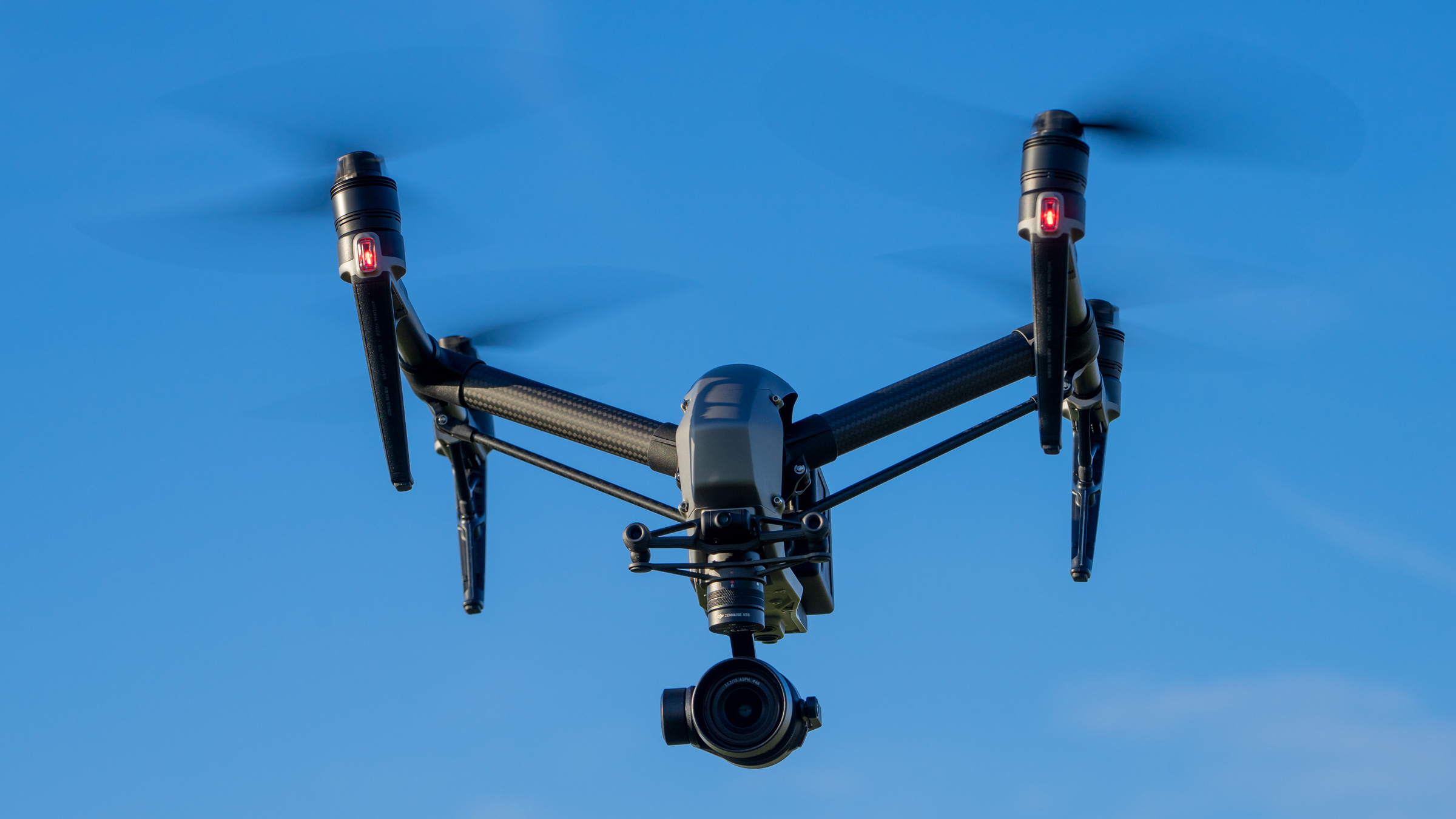
The 2022 F1 season will also see drone camera footage used more extensively. Though the sport has long made use of helicopter-mounted cameras for overhead shots, drone camera usage has historically been limited. This has been due to safety concerns over drones potentially crashing down onto the circuit, and the sheer 200mph+ speed at which F1 cars can travel. However, F1's director of broadcast and media, Dean Locke, thinks drone technology is now at a point where it can be deployed more extensively for F1 TV coverage, with new and exciting drone-based shots making an appearance in the second half of the season.

Not only will there be fresh camera viewpoints for the 2022 season, F1 will be now be broadcast in HDR for the whole season on compatible channels and devices, following successful trials in 2021. On-screen graphics conveying information like driver position, lap times and pit-stop durations have also been given a major makeover and will now be bolder and more modern.
Via: motorsport.com
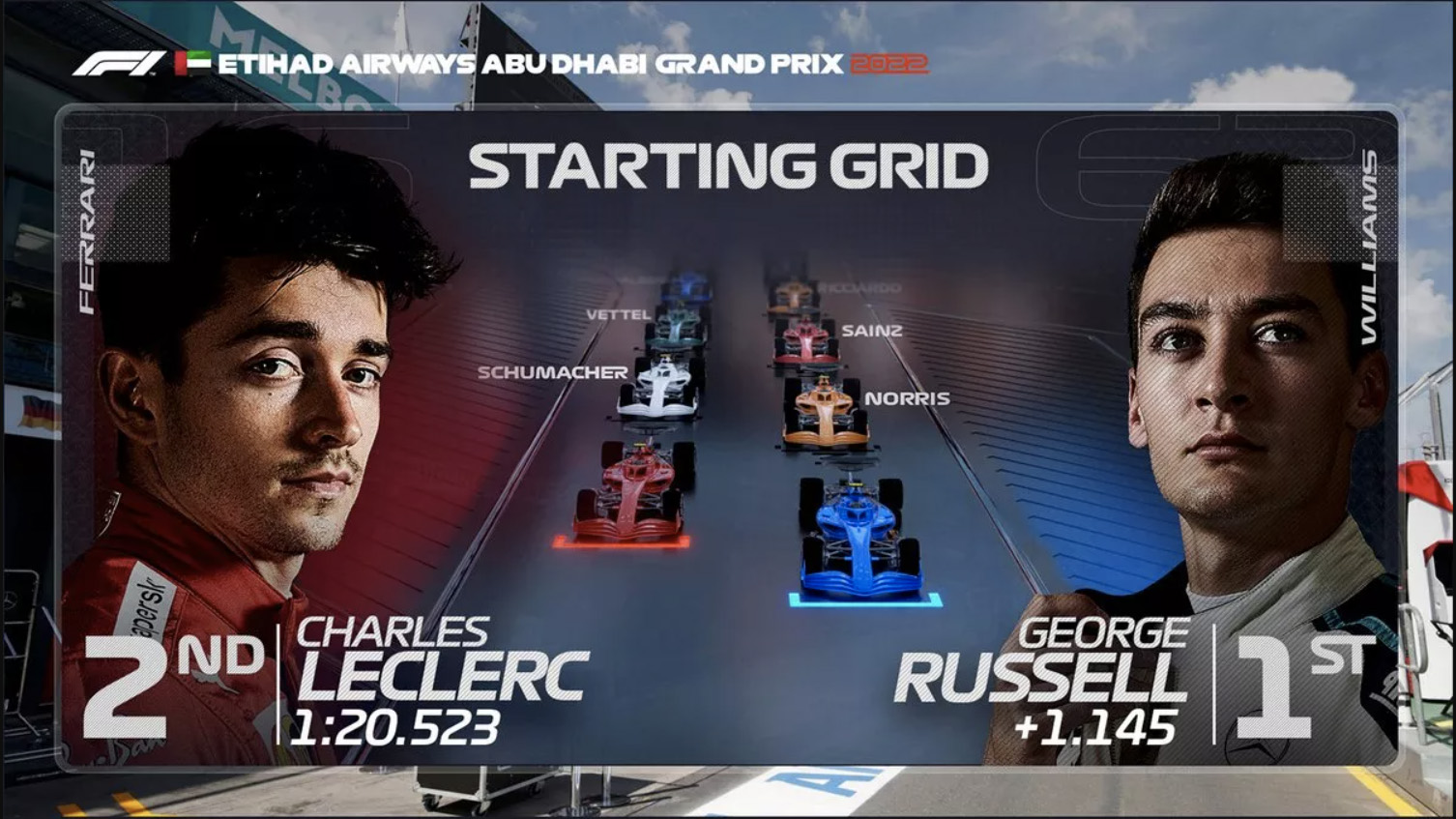
Read more:
Get the Digital Camera World Newsletter
The best camera deals, reviews, product advice, and unmissable photography news, direct to your inbox!
- Best camera drones
- Best camera for car photography
- Best dash cams
- Best back-up cameras
- Best speed camera detectors
- 10 car photography tips: Take amazing automotive photographs
- Pro car photographer Larry Chen reveals his essential trackside photo kit
Ben is the Imaging Labs manager, responsible for all the testing on Digital Camera World and across the entire photography portfolio at Future. Whether he's in the lab testing the sharpness of new lenses, the resolution of the latest image sensors, the zoom range of monster bridge cameras or even the latest camera phones, Ben is our go-to guy for technical insight. He's also the team's man-at-arms when it comes to camera bags, filters, memory cards, and all manner of camera accessories – his lab is a bit like the Batcave of photography! With years of experience trialling and testing kit, he's a human encyclopedia of benchmarks when it comes to recommending the best buys.

